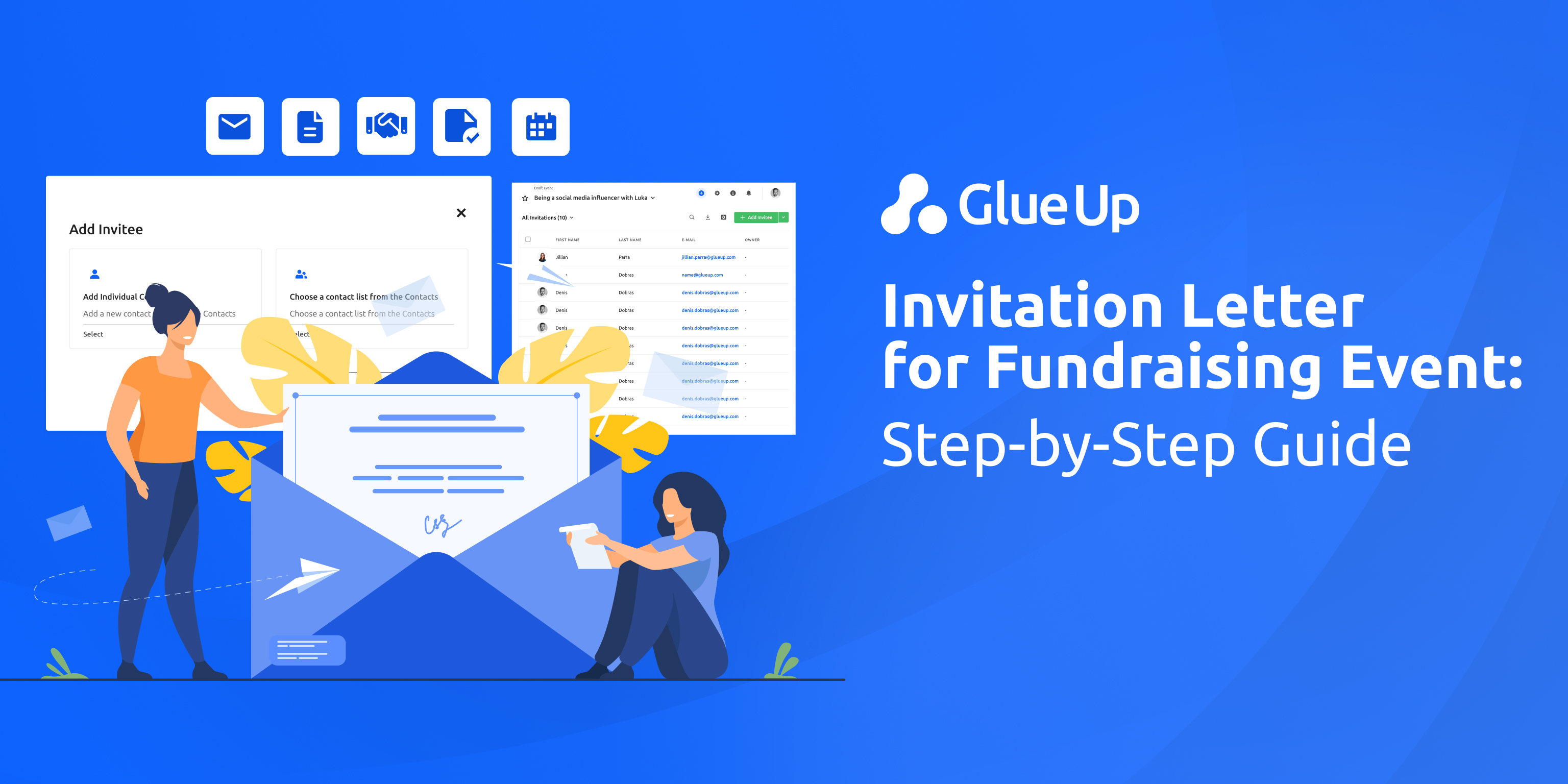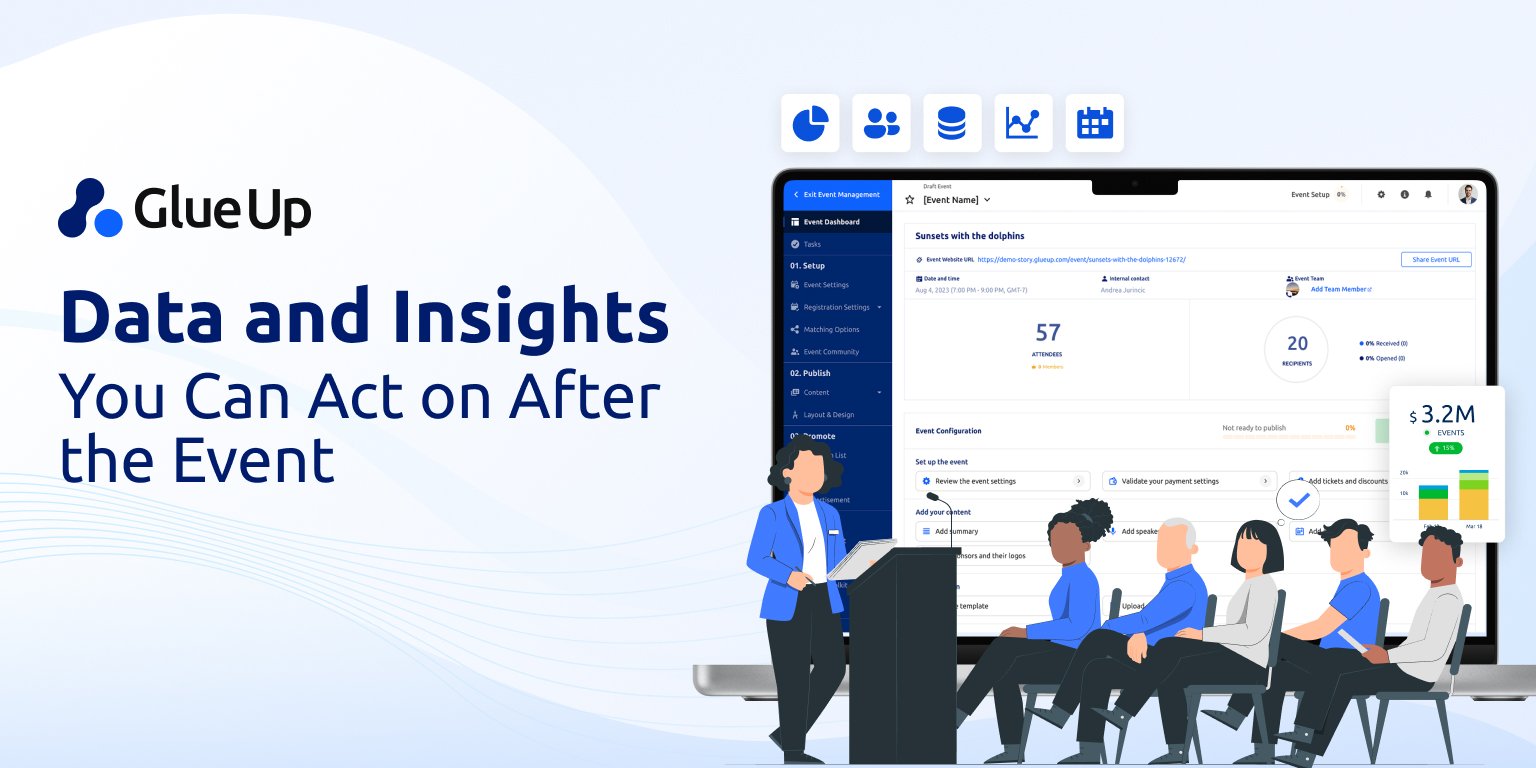
Every fundraising event begins with a spark. Sometimes it’s the first conversation over coffee, sometimes it’s a boardroom strategy session, and sometimes, it’s a single crafted sentence in an invitation letter. For associations, chambers of commerce, and cause-driven organizations, the invitation letter for fundraising event is more than a piece of correspondence it’s the first touchpoint, the handshake before the handshake, the single page that can determine whether your upcoming event reaches its fundraising goals or falls short.
Think about the stakes. You may have secured a venue, polished the program, and lined up speakers who can inspire. Yet if the invitation letter feels generic, rushed, or uninspired, donors won’t respond. And in fundraising, silence costs more than empty chairs; it means missed contributions, stalled projects, and momentum lost.
This is why the invitation letter deserves attention. It isn’t about flowery words or ceremonial language. It’s about clarity, urgency, and cause-driven messaging that makes your supporters feel they aren’t just attending an event — they’re joining a movement.
Let’s break down how organizations can move beyond the cookie-cutter approach, repurpose their event invitations into fundraising powerhouses, and write letters that not only encourage attendance but also inspire generosity.
Key Takeaways
A well-crafted invitation letter for fundraising event does more than inform — it inspires attendance and drives donations by connecting the cause to the donor’s personal impact.
While including essential details like date, time, dress code, and contact information is necessary, the true purpose of the letter is to frame attendance as direct participation in the organization’s fundraising goals.
Donors respond to compelling narratives, personalized greetings, and urgent calls-to-action. Including donation tiers or specific fundraising goals makes the impact tangible.
Printed invitations, email subject lines, and social media posts each serve different audiences. Sending a save-the-date early, the main invite 3–4 weeks before, and reminders closer to the event maximizes engagement.
Platforms like Glue Up help organizations craft, send, and track invitation letters, automate reminders, integrate fundraising goals, and measure results, ensuring invitations translate into real contributions.
Quick Reads
Invitation Letter for Event: Samples, Templates and Examples
How to Start an Association: 6 Step Business Guide • Glue Up
20 Proven Membership Drive Ideas to Attract and Retain Members
Why a Compelling Invitation Letter for Fundraising Event Matters
Fundraising is persuasion, but not in the manipulative sense. It’s persuasion built on empathy, credibility, and clarity. Academic studies show that fundraising appeals that combine readability with credibility have a higher response rate than those drowning in jargon or emotionless facts. In other words, your invitation must be simple, human, and backed by authority.
Why does it matter so much? Because unlike casual networking mixers or standard conferences, fundraising events are designed to raise money for a purpose larger than the organization itself. The letter must do more than inform, it must ignite urgency.
Consider the psychology of giving. Donors are often moved by stories rather than statistics. An invitation that begins with “We need your help raising $50,000 for community programs” sounds transactional. One that says, “Your presence will help send 100 students to college this year” paints a vivid, relatable picture. The difference is emotional resonance, and it begins with how the letter is written.
For associations and chambers, a compelling invitation letter is also a matter of reputation. A polished, professional invitation signals organizational strength and credibility, while a sloppy or rushed one risks making even the most important cause look unprepared.
Purpose of an Invitation Letter for Fundraising Event
At its core, the invitation letter for fundraising event serves three interconnected purposes:
To inform — It communicates essential details: the date, time, dress code, location, and contact information such as phone number and email address. Without these, attendees can’t plan their presence.
To inspire — It connects the logistical details to the emotional purpose of the event. Instead of just listing “cocktail reception at 6 p.m.,” it frames it as “a shared evening where community leaders gather to fuel programs that give underprivileged children a chance at a brighter future.”
To convert — Every letter is ultimately a call to action. It must encourage attendance and donations. This means clear instructions: register via the event page, donate online, or confirm attendance by replying to the provided email address.
The purpose is not just to fill seats but to frame the act of attending as participation in a mission. That shift in perspective, from invitation to impact, is what separates routine events from transformative fundraising.
Key Elements of an Invitation Letter for Fundraising Event
Every crafted invitation letter needs certain elements to succeed. Think of these as the structural beams of the message:
Greeting — Always personalize when possible. A donor’s name isn’t just polite; it’s a signal that they matter.
Emotional hook — Open with a story, statistic, or quote that grounds the urgency of the cause. Research shows that donors connect more deeply when the message highlights one person’s story rather than abstract groups.
Event details — The essentials: date, time, venue, type of event, dress code, and a link to the event page on your organization’s website. Clarity prevents confusion.
Fundraising goals — State exactly what the organization is raising money for, and why it matters now. Including donation tiers can help contextualize impact. For example, “$100 sponsors supplies for a classroom, $500 supports an entire month of programming.”
Call to action — Be clear, specific, and urgent. Instead of “We hope to see you there,” write “Reserve your seat today and help us reach our $20,000 goal by May 1.”
Contact information — Provide multiple options (phone number, email address, organization’s website) so potential donors feel supported.
These elements are non-negotiable. Together, they create a letter that feels complete, professional, and persuasive.
Types of Invitation Letters for Fundraising Events
Different formats work for different audiences. The medium is part of the message.
Printed invitations — Traditional, tactile, and often appreciated by older demographics. They signal formality and effort, especially for gala dinners or black-tie fundraising events.
Email invitations — Fast, cost-effective, and trackable. Subject lines matter here; they’re the digital equivalent of an envelope. Emails should be mobile-friendly, concise, and linked to a landing page where attendees can RSVP or donate.
Social media invitations — Short, shareable, and useful for extending reach beyond your core donor base. A crafted invitation letter can be adapted into captions or posts, pointing people to the event page.
Hybrid approach — The most effective strategy often combines print for high-value donors, email for broad reach, and social media for amplification. Glue Up’s event and email tools can help unify these channels under one system.
Examples of Invitation Letters for Fundraising Events
To make the abstract concrete, here are three sample approaches (shortened here, but in the blog, each would be longer and fully developed):
Formal Example: “On behalf of the Board of Directors, I invite you to an evening dedicated to raising funds for the Community Literacy Project. Please join us on March 15 at 6:00 p.m. at the Grand Ballroom. Your support will help provide essential resources for 300 children this year.”
Casual Example: “Hey John, we’re throwing something special next week. It’s not just dinner — it’s a chance to help us raise $20K to fund local food banks. Come hungry, leave inspired. Thursday, April 4 at 7 p.m., City Center. RSVP at [link].”
Urgency-Driven Example: “We’re just $5,000 away from reaching our scholarship goal. Will you be there on May 10 to help us cross the finish line? Every ticket purchased means another student supported. Reserve your seat today.”
Each works for a different audience, but all share clarity, emotional pull, and a clear ask.
Tips for Writing an Invitation Letter for Fundraising Event
Personalize every letter. Use names, mention past contributions, or highlight the donor’s connection to the cause.
Keep it concise. One page for print, 250–300 words for email. Attention spans are short, but emotional impact must be strong.
Use stories, not statistics. Instead of “1 in 5 children lacks access to school supplies,” say “Meet Sara, a 9-year-old who walks to school each day without a notebook.”
Write strong subject lines if sending by email. A line like “Help us reach our $20,000 goal before May 1” outperforms “Fundraiser Invitation.”
Include donation tiers when relevant. It helps potential donors visualize their impact.
Always end with gratitude. Thank donors for considering, even before they attend.
When and How to Send an Invitation Letter for Fundraising Event
Timing can make or break attendance.
Save the date — Send an early notice weeks or even months before, especially for formal events.
Main invitation — 3–4 weeks before the event is ideal.
Reminder — One week before, and again the day prior.
Format depends on audience. Associations with older members may benefit from printed invitations, while younger, tech-savvy audiences will respond better to email and social media. The best approach is to test and combine.
And remember: length should never overwhelm. The goal is clarity and inspiration, not pages of exposition.
How Glue Up Helps You Create an Invitation Letter for Fundraising Event That Works
Crafting the perfect invitation letter is only half the battle. The other half is managing the distribution, reminders, and tracking. That’s where Glue Up comes in.
Event pages — Create polished event pages where attendees can RSVP, donate, and find essential details.
Email invitations — Craft subject lines, personalize templates, and track open rates and click-throughs.
Automation — Schedule reminders and follow-ups, reducing manual effort.
Fundraising integration — Align invitations with donation goals and measure how invitation letters translate into actual contributions.
Analytics — Understand what worked, what didn’t, and refine your future invitations.
Glue Up turns the art of the crafted invitation letter into a measurable strategy for fundraising success.
Conclusion
An invitation letter for fundraising event is never just a letter. It’s a catalyst. It tells your audience, “You matter, and your presence will change lives.” It transforms a date on the calendar into a night of meaning, and a simple RSVP into a pledge of support.
Every organization has the power to write one. The difference lies in whether that letter is ordinary or unforgettable. With clarity, urgency, and cause-driven messaging, your invitation becomes the spark that ignites generosity.
And with Glue Up’s tools for event invitations, fundraising goals, and donor engagement, you don’t just send letters — you send results.



